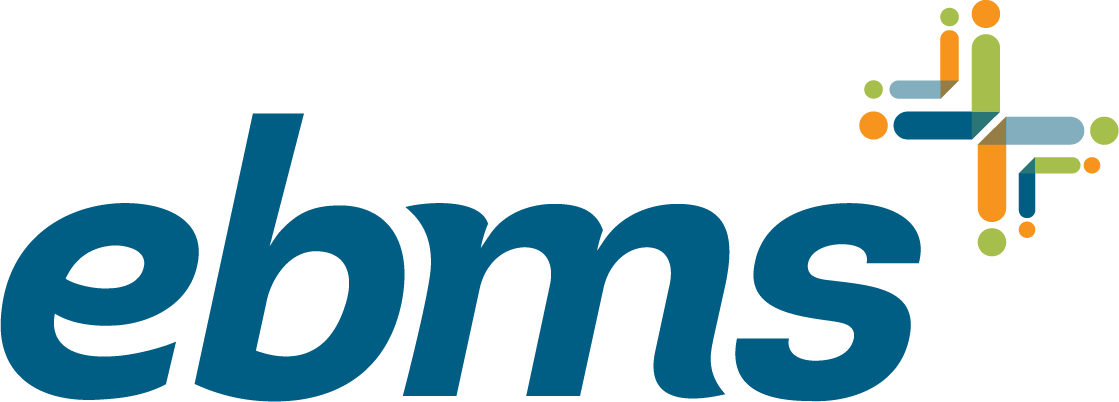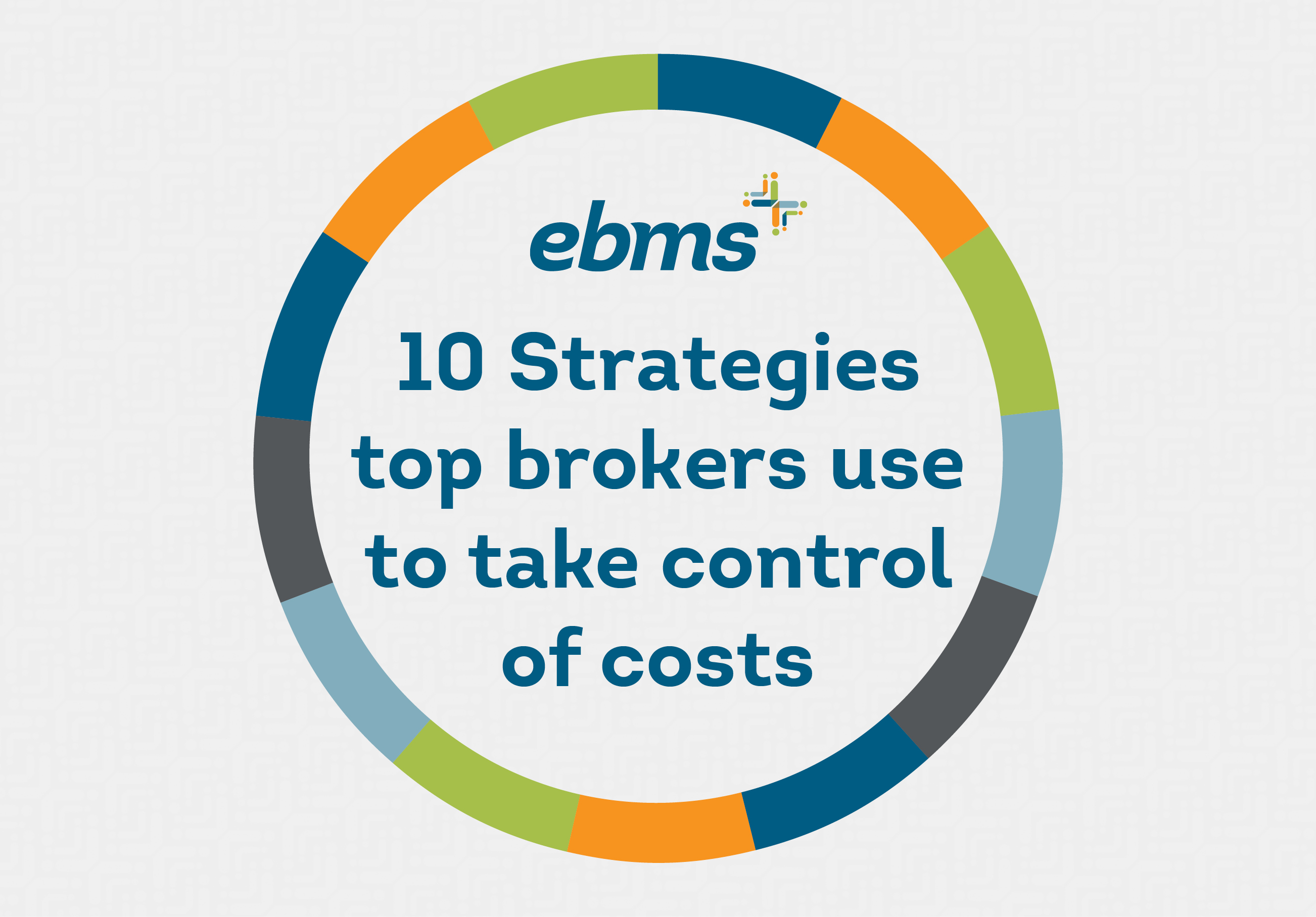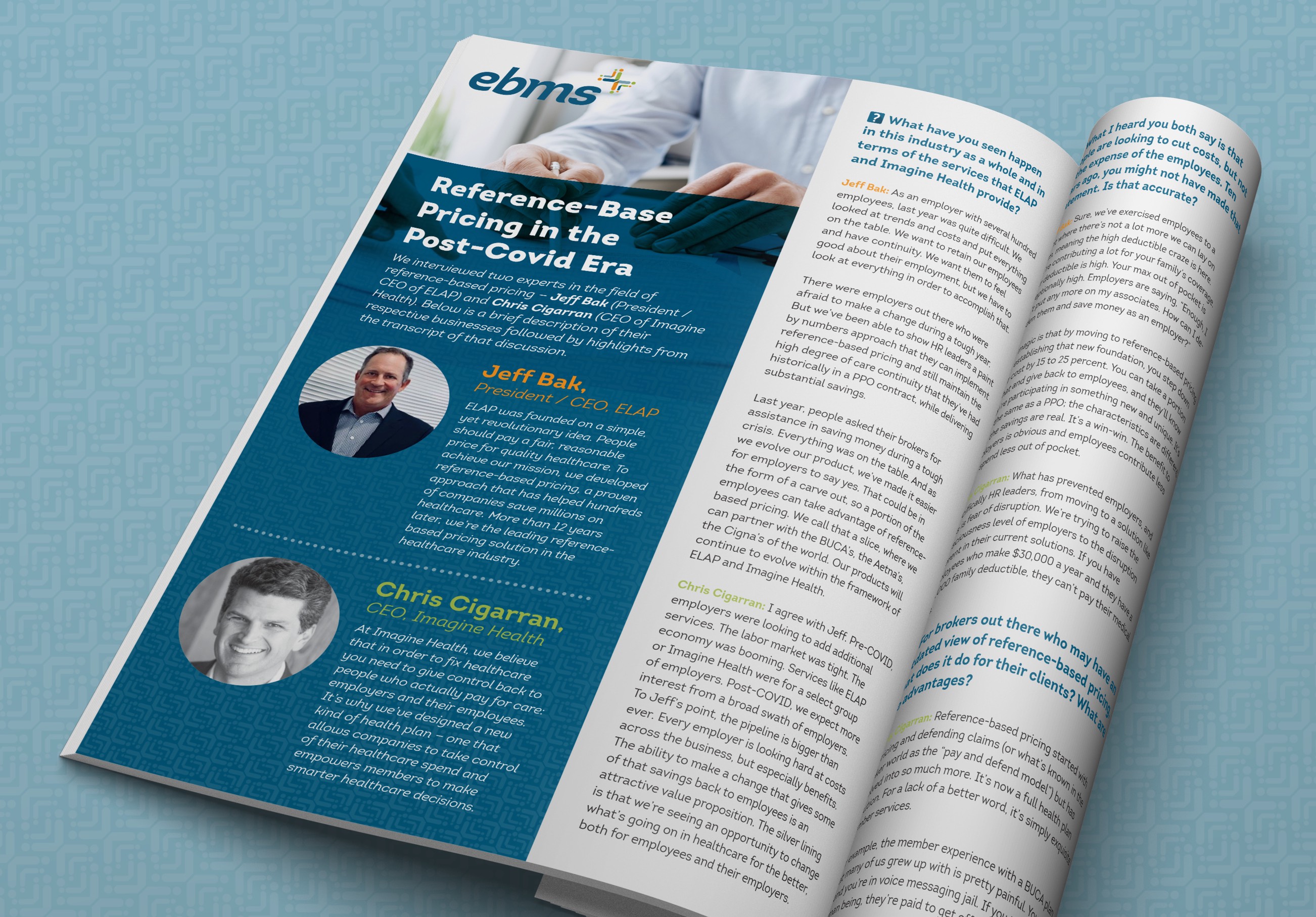Data Analytics Can Uncover Real Healthcare Savings
June 24th, 2020

By James Vertino, Chief Executive Officer
The employers who really want to rein in healthcare costs are putting a secret weapon to work to find savings where 80% of the money is spent – not just in the 20% of plan costs that are fixed.
I lead a company that is a third-party administrator of self-funded plans, and we design benefit plans to fit the particular needs of each of our clients. Along the way, our TPA introduces them to that powerful weapon, the one we employ to rein in skyrocketing claims costs and costs that threaten the viability of the plan fund.
Data analytics.
Curbing healthcare costs was a top priority for 93% of companies included in the 2019 Best Practices in Health Care Employer Survey by Willis Towers Watson. And yet, at the same time, those employers also believe they must offer benefit packages that satisfy their employees.
Those two goals are often odds with each other. If expenses are cut by reducing services or passing through additional costs, employees will not be happy.
There is another solution, but it takes a change of mindset. Instead of haggling over the 20% of plan costs looking for savings in administration fees and stop-loss premiums, look to the 80% of plan costs that come from medical and pharmacy claims. That’s where data analytics come in.
Everyone gathers data. But EBMS has invested in technology to analyze data, transforming it into meaningful information that provides a logical understanding of a plan’s population health profile, its major cost drivers and its trends. This knowledge puts plan sponsors in control of plan costs. Brokers and employers don’t have to accept the belief that costs will inevitably trend upward every year.
Our data analytics allow brokers to customize plans, finding the right mix of programs and services, and cut claims costs by up to 25%, while meeting members’ needs to have more choices and reduce their own out-of-pocket spending.
Here are examples of our industry-leading strategies:
- Clinical navigation around transparency solutions steer members toward high-value, lower-cost care at the most appropriate level. Our plans promote positive utilization patterns that cut costs associated with inappropriate levels of care.
- Financial incentives for members who choose high-value options. We can design a plan that waives copays and deductibles as a reward for those choices and saves the plan money at the same time.
- Improved access to primary care and preventive services through our on-site or shared miCare health centers.
- Metric-based reimbursement models, which offer tremendous control over the cost of facility-based care. While negotiated contracts with a PPO might save 40% on the most expensive claims, reference-based pricing can easily bring savings of 65-70%.
- Telemedicine services that reduce unnecessary visits to the ER or an outside urgent care center.
- Targeted population health strategies that can identify cost drivers and gaps in care, so we can implement disease management programs that close the gaps.
- Non-traditional pharmacy plans, such as a cost-plus model in which a PBM earns only an administrative fee rather than making money by marking up drug costs.
- Formulary adjustments that emphasize value. We can help a plan sponsor determine which drugs belong on a formulary based on their efficacy and price, and to eliminate low-value drugs.
- Mail-order pharmacy for monthly maintenance drugs.
- Direct contracting with providers. We can negotiate prices and payment options with hospitals, health systems and physician groups. Direct contracts with cardiology and cancer centers can, in particular, realize tremendous savings.
- Transparency tools that allow members see the prices and quality ratings. When consumers make more informed choices, they save and the plan saves.
- Medical tourism, in which we coordinate all travel and care arrangements, with an emphasis on quality care.
Data analytics can help reduce costs and greatly benefit employers and employees. Annual increases don’t have to be a given when clients have more control of their plan costs that come from claims.




